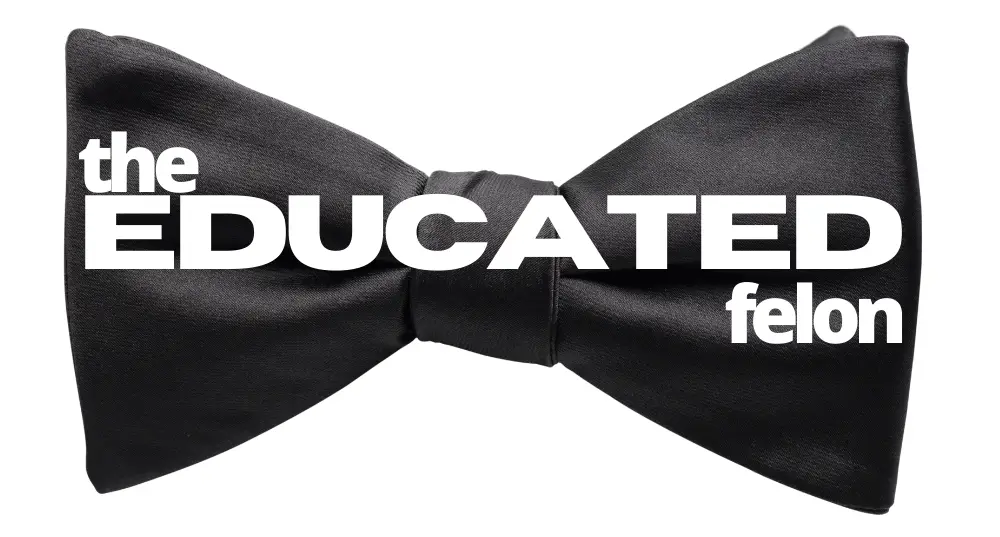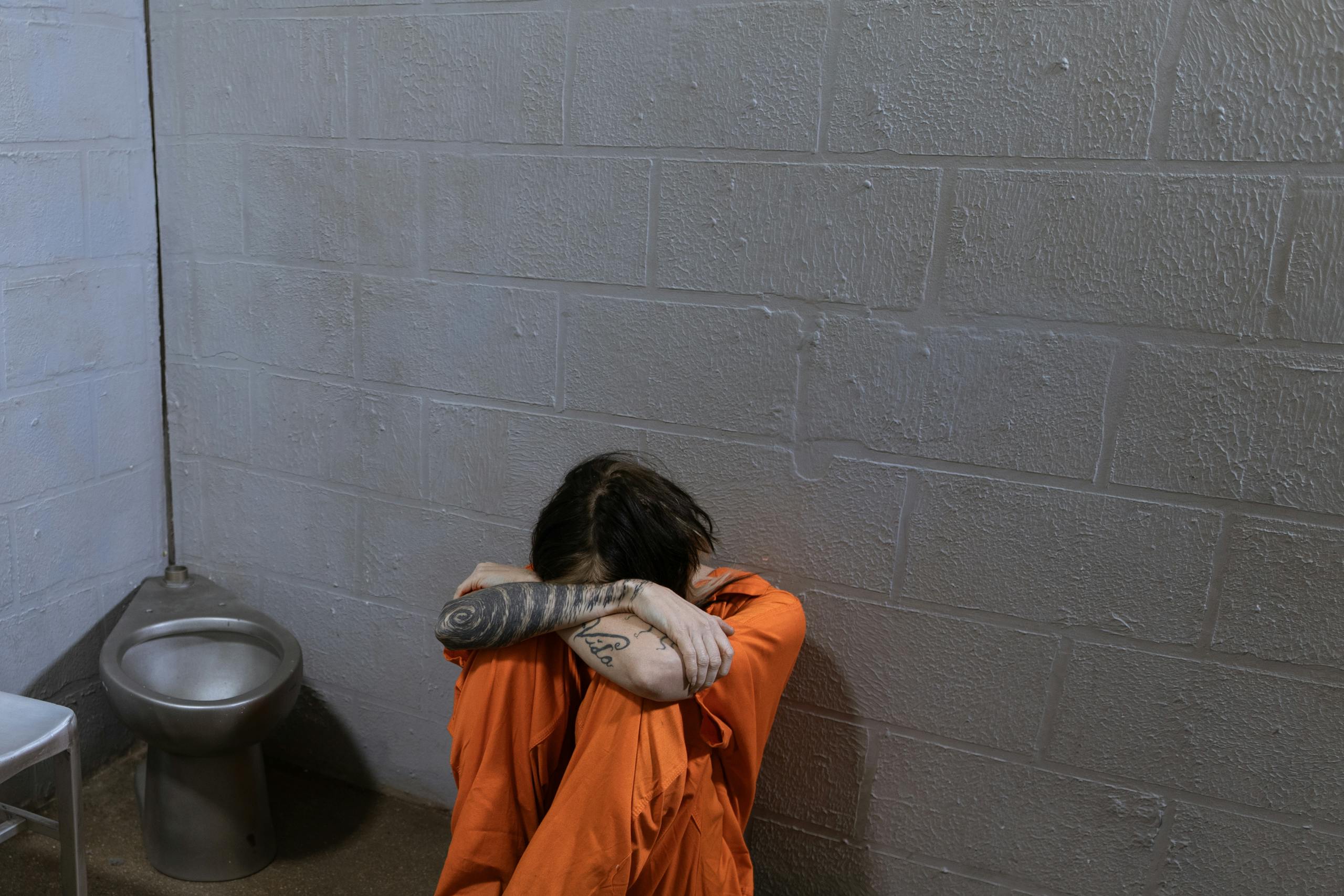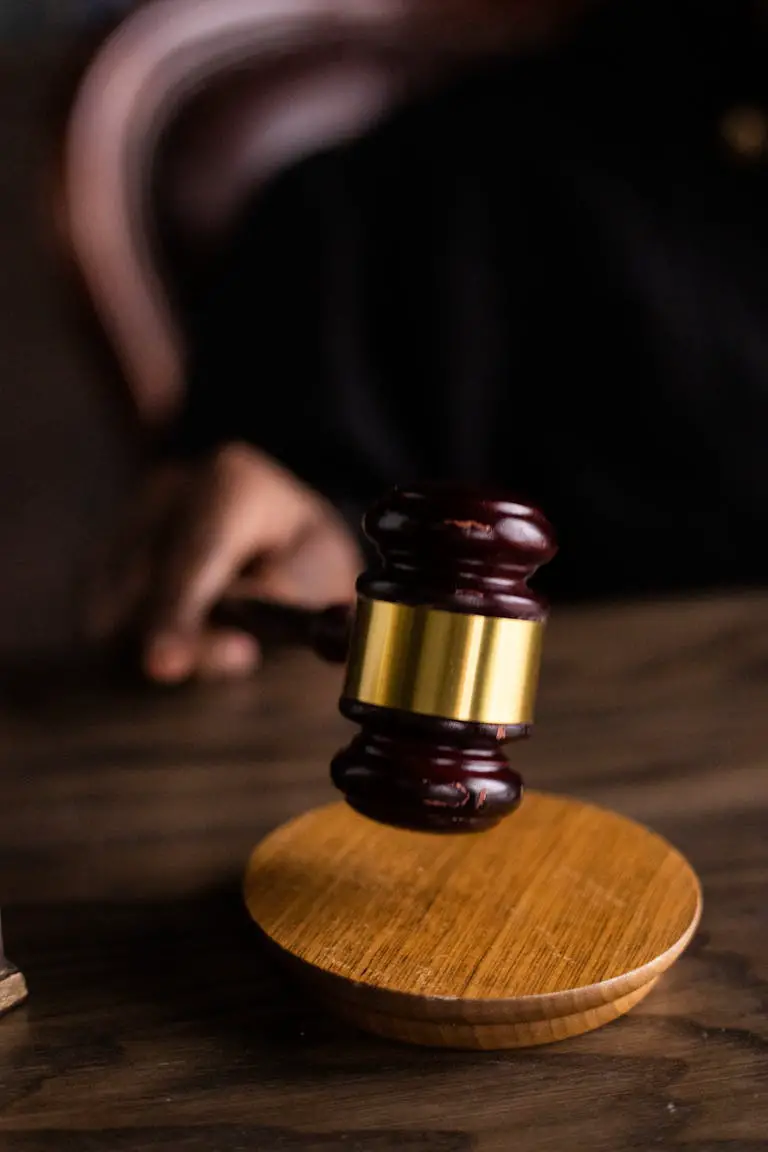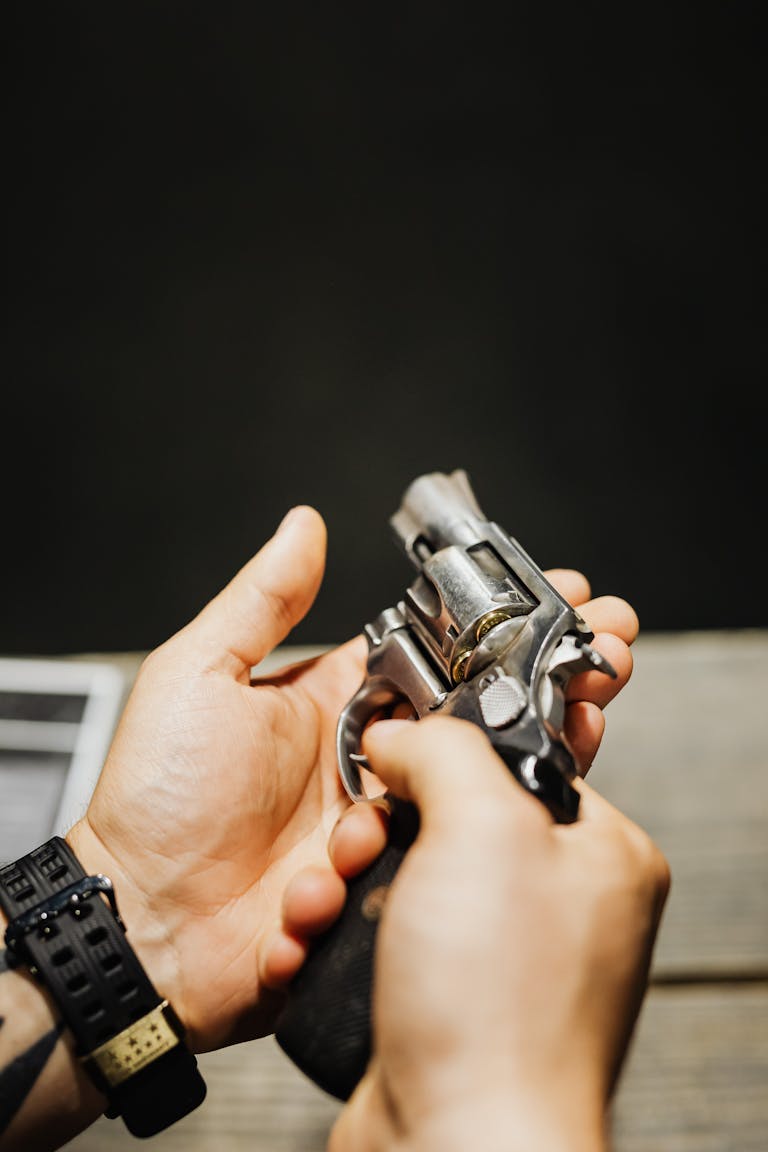Youth Offenders: Understanding the Juvenile Justice System
Introduction
The subject of youth offenders is a critical area within the criminal justice system that deserves our attention and understanding. This article aims to shed light on the complications surrounding juvenile delinquency, the processes involved when dealing with a youth offender, and the potential for rehabilitation.
By exploring this topic, we can better comprehend the challenges young individuals (youthful offenders) face in conflict with the law, sentencing guidelines, and societal responses designed to address these issues.
What Exactly is a Youth Offender?
First things first – what do we mean when we say “youth offender”? It’s not just a fancy term for a kid caught with their hand in the cookie jar (though that would make for a much simpler article!).
Legal Classification and Age Considerations
Youthful offenders, often referred to as juvenile delinquents in legal contexts, are typically defined as individuals under the age of majority who have committed an act that would be considered a criminal offense (criminal charge) if perpetrated by an adult (in adult court). The age of majority varies by jurisdiction:
- Most states set the upper age limit at 17
- Some states consider 16 years of age as the cutoff
- A few jurisdictions extend the juvenile classification to age 19
This differentiation is crucial as it determines whether a young person will be processed through the juvenile justice system (juvenile courts) or the adult criminal justice system (adult court).
Categories of Offenses
Youthful offender crime falls into several categories:
- Status offenses: Actions that are only considered violations due to the offender’s age (e.g., truancy, underage drinking)
- Property crimes: Including theft, vandalism, and burglary
- Violent crimes: Such as assault, robbery, or more serious violent offenses
- Drug-related offenses: Possession, distribution, or manufacture of illegal substances
Statistical Insights: Youthful Offender in Numbers
To provide a clear picture of the scope of youth offending, let’s examine some key statistics:
| Metric | Value |
| Annual juvenile arrests (2019) | Approximately 728,000 |
| Percentage of total arrests involving juveniles | 9% |
| Most prevalent juvenile offense | Larceny-theft |
| Juveniles in residential placement facilities | About 48,000 |
| Reduction in juvenile arrests since 2010 | 58% |
These figures illustrate both the significant number of youth involved in the juvenile justice system and the encouraging trend of declining arrest rates over the past decade.
The Juvenile Justice Process: From Apprehension to Rehabilitation
Understanding the journey of a youthful offender through the justice system is crucial. The process typically involves the following stages:
- Apprehension: The youth is taken into custody by law enforcement officials.
- Intake Assessment: A probation officer or prosecutor evaluates the case to determine whether to dismiss, handle it informally, or file formal criminal charges.
- Detention Hearing: A judge decides if the youth offender should be held in a juvenile detention facility or released to parental custody.
- Adjudication Hearing: The juvenile court equivalent of a trial, where evidence is presented and a judgment is made.
- Disposition: If found guilty (adjudicated delinquent), the court determines appropriate interventions or sanctions.
- Rehabilitation: This may involve probation, community control, community service, counseling, or time in a juvenile correctional facility.
This process is designed to balance accountability with the unique developmental needs of a youthful offender.
Case Studies: Rehabilitation in Action
Examining real-world cases provides some insights into the juvenile justice system’s potential for creating positive change:
- Case Study A: In 2010, a 16-year-old person in Florida faced charges of armed robbery. Through participation in an intensive rehabilitation program, the youth completed high school and is now pursuing a degree in criminal justice.
- Case Study B: A 15-year-old person in New York, apprehended for vandalism, was enrolled in a community art program as an alternative to traditional punishment (incarceration). The individual has since become a respected muralist, contributing positively to the community.
- Case Study C: A 17-year-old person in California, struggling with substance abuse, was arrested for drug possession. After completing a court-mandated rehabilitation program, the individual has maintained sobriety for three years and now mentors at-risk youth.
Frequently Asked Questions
To address common inquiries about youthful offender status:
- Q: Is it possible to seal or expunge a youth offender’s crime record? A: In many jurisdictions, yes. Most states allow for the sealing or expungement of juvenile criminal history, particularly for less severe offenses.
- Q: Are youth offenders incarcerated with adult populations in jail or prison? A: Generally, no. Youth offenders are typically held in separate juvenile detention facilities to ensure their safety and specialized treatment.
- Q: Can parents be held liable for their child’s offenses? A: Some states have enacted “parental responsibility” laws that may hold parents civilly or criminally liable for their children’s crime actions under certain circumstances.
- Q: Are all youthful offenders processed through juvenile court? A: Not necessarily. Serious offenses may be transferred and sentenced in adult criminal court, especially for older adolescents.
- Q: What is the primary objective of the juvenile justice system? A: The youthful offender system primarily focuses on rehabilitation rather than punitive measures, aiming to guide young offenders toward becoming productive members of society.
Conclusion: The Path to Rehabilitation and Reintegration
The realm of a youthful offender presents numerous challenges, but it also offers significant opportunities for rehabilitation and positive change.
While the crime statistics can be concerning, it’s essential to recognize that each case represents a young individual with the potential for growth and transformation.
The juvenile justice system, despite its imperfections, strives to provide second chances – opportunities for troubled youth to redirect their life trajectories. This approach underscores the belief that a person’s past actions need not dictate their future potential.
As we continue to refine our understanding and approach to a youthful offender act, it’s crucial to maintain a balance between accountability and compassion, always keeping in mind the ultimate goal of successful rehabilitation and reintegration into society.







